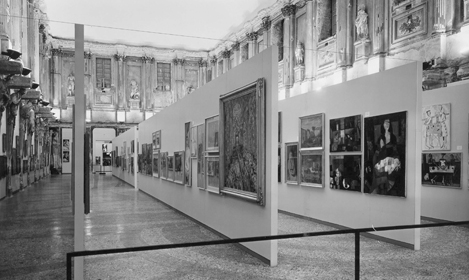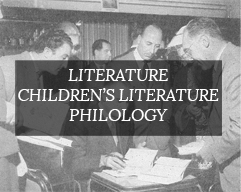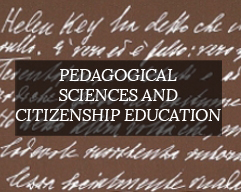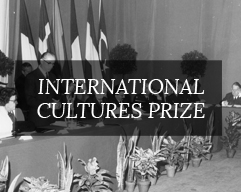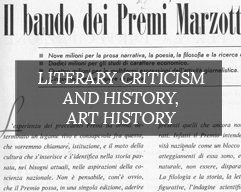Culture and Science: The Marzotto Prize
It included Poetry and Narrative, Literary Criticism and History, Philosophy, Journalism, Theatre and Music, Painting, Economic and Agrarian Sciences, Medicine and Surgery and Prizes for Outstanding Dissertations. Conceived to encourage intellectual activity, the Marzotto prize represented an important part of Italian cultural and scientific life.
Established in October 1950, the prize was staged 18 times, every two years, and became an event of international appeal which enjoyed great prestige throughout Europe, even going so far as to “export” exhibitions. It came to a close in 1968, the year European culture underwent the upheaval caused by student protests.
Prize-winners recall it as “a respectable prize”, underscoring that sense of freedom and independence which distinguished it. The Prize was unaffected by academic logics, fashions or nepotism and commercial pressure. The generous prize (then 500 thousand lire) immediately took on great significance thanks to a panel of judges made up, over the years, of high-ranking names such as Vittorio Gassman and Luchino Visconti (1959), Renato Guttuso and Felice Casorati (1953), Carlo Carrà (1954) and Ardengo Soffici (1956), Eduardo de Filippo (1956) and Erwin Piscador (1964), Eugenio Montale and Alberto Moravia (1959), in the field of art history, Cesare Brandi (1964), Giulio Carlo Argan and Herbert Read (1962), Will Grohman and Michel Tapié (1964), Pierre Restany, Norman Ried and John Russell (1966).
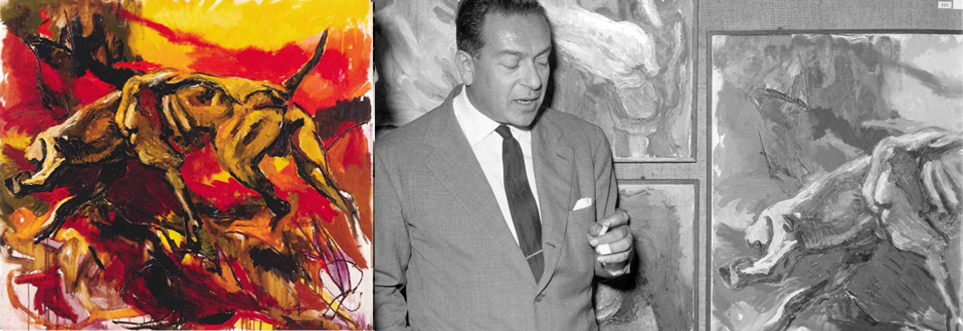
It must be acknowledged that the commissions showed a certain amount of “insight” when they consecrated the talent of Indro Montanelli (1957), Mario Praz (1954) and Umberto Saba (1957). In the figurative arts, awards went to Filippo De Pisis (1954), Sebastian Matta (1962), Alberto Burri (1964), Arman (1966), for the theatre, Dino Campana (1963) and Natalia Ginzburg (1968). The Marzotto prize was a tribute to mature intellectual activities, but also an initiative aimed at encouraging those at the start of their careers: greater exposure for well-known figures, but above all for anyone in need of a career boost.
Not only arts, but also Medicine and Surgery, Economics and Agriculture. Fundamental sectors in the years of the so-called “Italian miracle”, a period of reconstruction and development for Italy. The Marzotto prize highlighted the work of people who, though perhaps lesser known, between theory and practice, were able to take part in that period of rebirth.
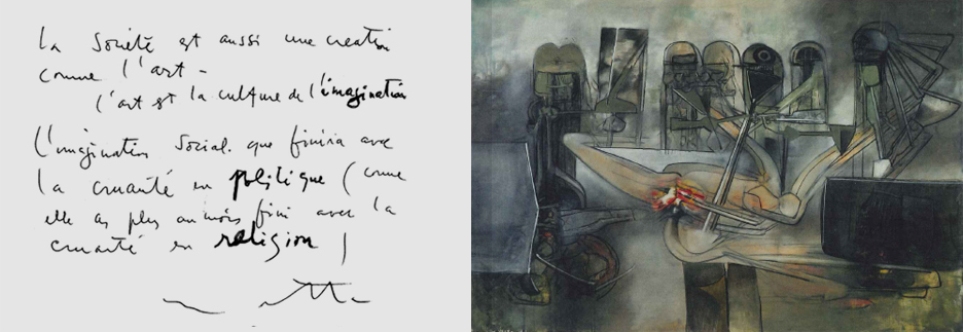
For over eighteen years, the “Marzotto” was part of Italian cultural life. The aim of the prize was “to rally the country’s most brilliant and significant forces”. And looking back, we can safely say the goal was achieved, considering that through the names of the prize-winners we can reconstruct life in Italy in the Fifties and Sixties.
This was the first initiative in the field of cultural awards to be staged in Italy in the post-War period, a unique time for the country. Because of its international appeal, it aimed at giving new consistency to the European scene, by indicating a path of collaboration.
It wanted “to make room for initiatives aimed at elevating arts” (1957) and this interest came from the industrial world, a new form of art patronage. The prize clearly showed that even the most pragmatic persons felt the need to give room, means and accolades to cultural and scientific research. This bond between art and industry proved itself to be innovative and a model to be followed. It was the first time an Italian industrial concern had attempted to support the arts in such an assiduous and generous way, laying the foundations for the many current unions between textiles and art. The Marzotto prize aimed at “fostering talent”: it did so in diverse and unexpected ways, starting and sustaining diversified collaboration. A unique moment for cultural Italy.

